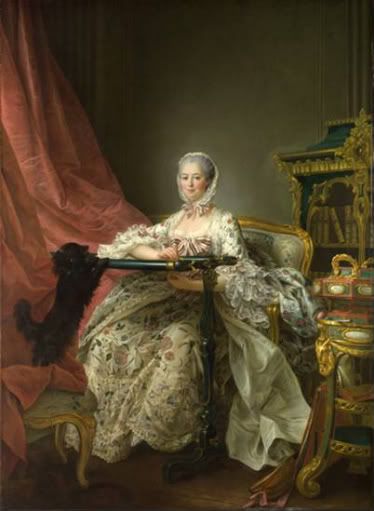
Madame de Pompadour at her tambour frame. 1763-64 Francois-Hubert Drouais
Slide 2: Baroque: Drama and Grandeur

Velvet panel, ca. 1700
Italian (probably Genoa)
Silk velvet, cut and uncut on satin ground. Metropolitan Museum of Art
Slide 3: Creating Awe
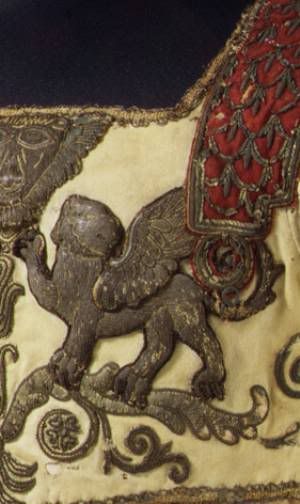
Costume Armor, ca. 1780–90
French; Made/manufactured: France
Metropolitan Museum of Art
Slide 4: Baroque and propaganda
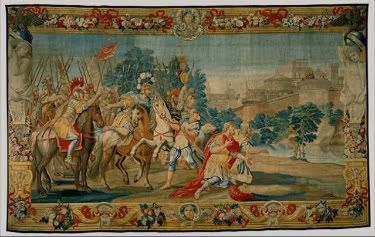
The Crusaders Reach Jerusalem: Scenes from the Gerusalemme Liberata , 1732–39. Designed by Domenico Paradisi (active 1691–1721); Woven at the San Michele manufactory in Rome under the direction of Pietro Ferloni. Italian. Wool and silk; Met Museum
Slide 5: Baroque and the Catholic Church
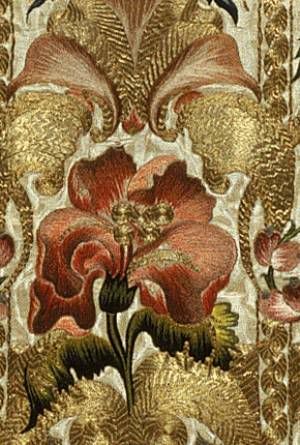
Chasuble, 18th century Italian (Sicily, probably)
Silk, metallic thread; Metropolitan Museum of Art
Slide 6: Rococo: serpentine curves, three-dimensional ornamentation and clear, delicate colours
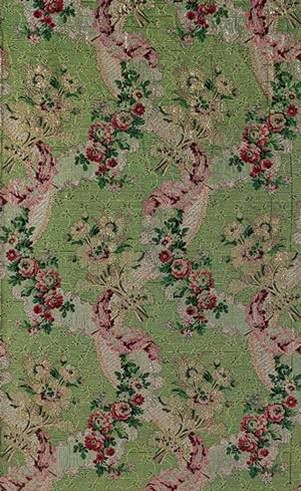
Slide 7: Rococo and the natural world
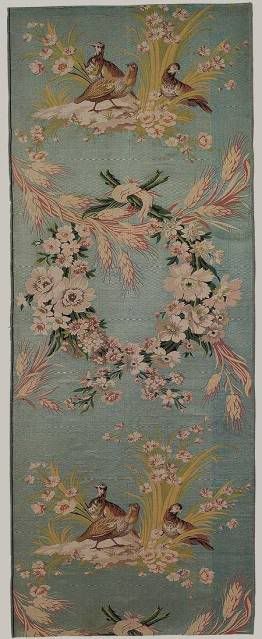
Les Perdrix (The Partridges), ca. 1771–72. Philippe de Lasalle (French, 1723–1804), designer. French (Lyon). Met Museum
Slide 8: Chinoiserie: Rococo and the east
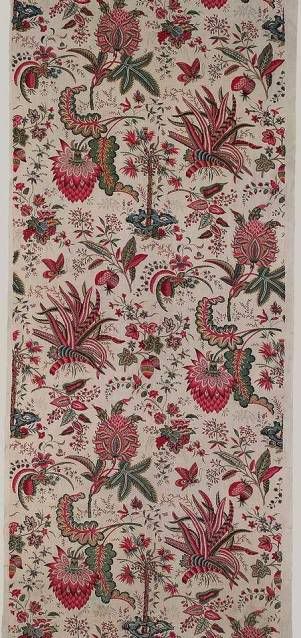
Printed cotton, 1787
French (Jouy)
Cotton. Met museum
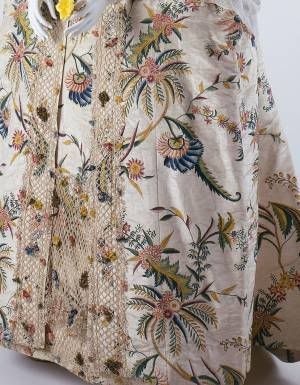
Dress (Robe à la Française), 1740s British; silk, pigment, linen. Met Museum
Slide 9: Anna Maria Garthwaite
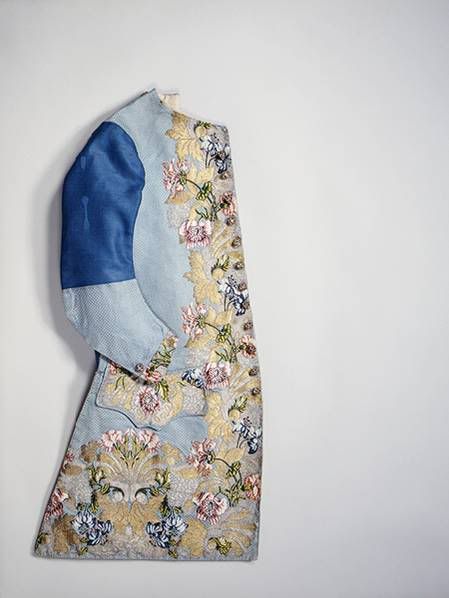
Waistcoat, 1747; Textile designed by Anna Maria Garthwaite (1690–1763) and manufactured by Peter Lekeux (1716–1768) British; Made in London. Porcelain blue silk brocaded with silver-gilt foliate and appliquéd with polychrome silk. Met Museum
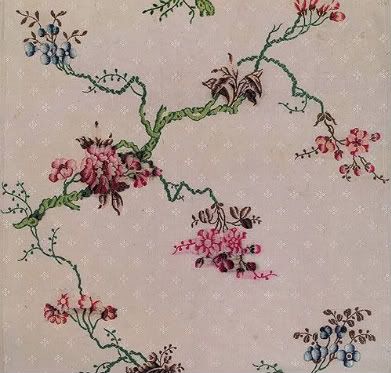
Brocaded silk, design dated 1748. Anna Maria Garthwaite designer; Thomas Brant, weaver
Slide 10: Neoclassicisism: Order, seriousness, and simplicity
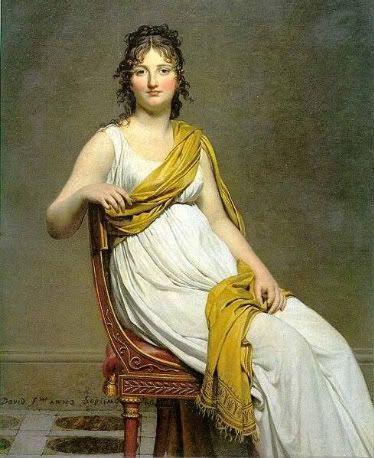
Madame Raymond de Verninac Oil on canvas, 1798–1799. Jacques-Louis David (French, 1748–1825)
Slide 11

Young Ladies at Home", idealized classicized engraving of Regency women, by Henry Moses (probably originally made in 1812, published by 1823)
Slide 12: Patriotism and the Neoclassical style

Commemorative printed cotton, 1806. Attributed to John Burg
Lancashire, England. Cotton
Metropolitan Museum of Art
Slide 13: Neoclassical design and world exploration
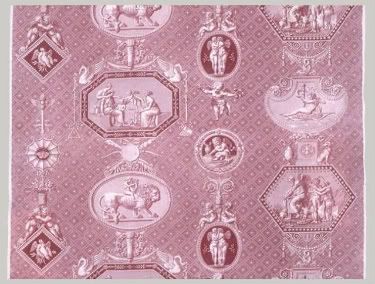
"La Marchande d'Amours," ca. 1817. Designed by Louis-Hippolyte Lebas (French, 1782–1867); Manufactured by Oberkampf
Jouy, France. Cotton. Met Museum
No comments:
Post a Comment